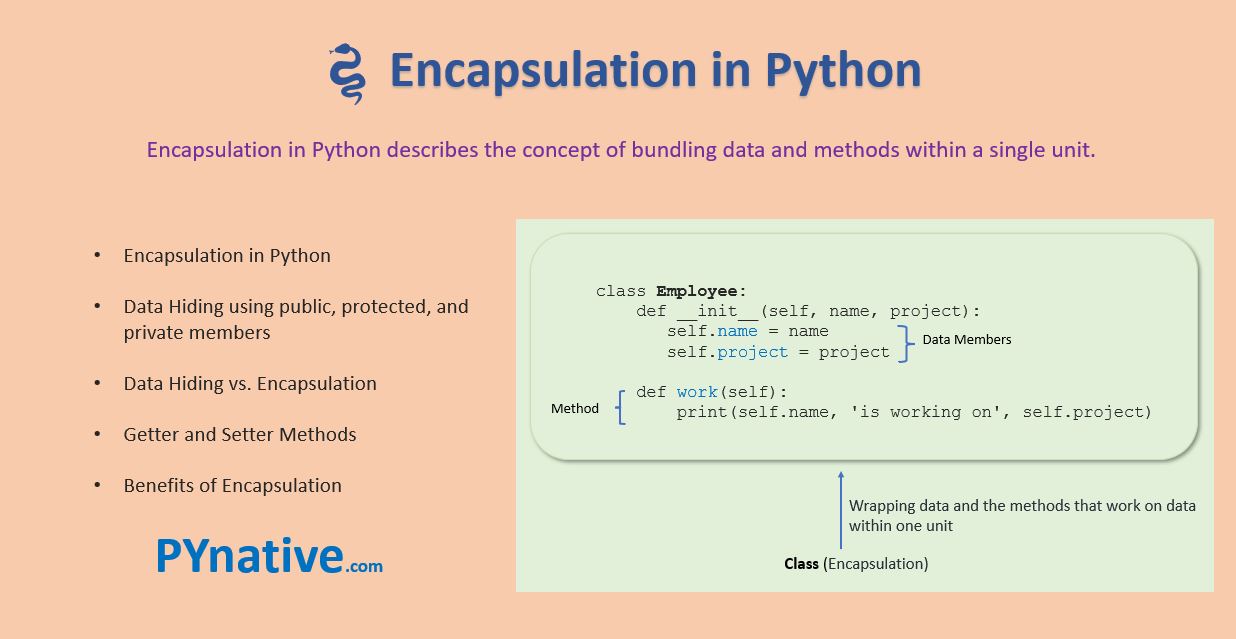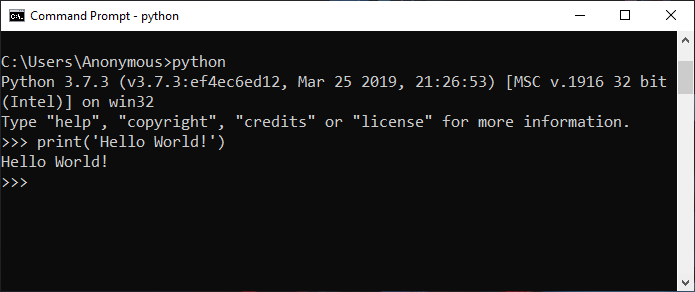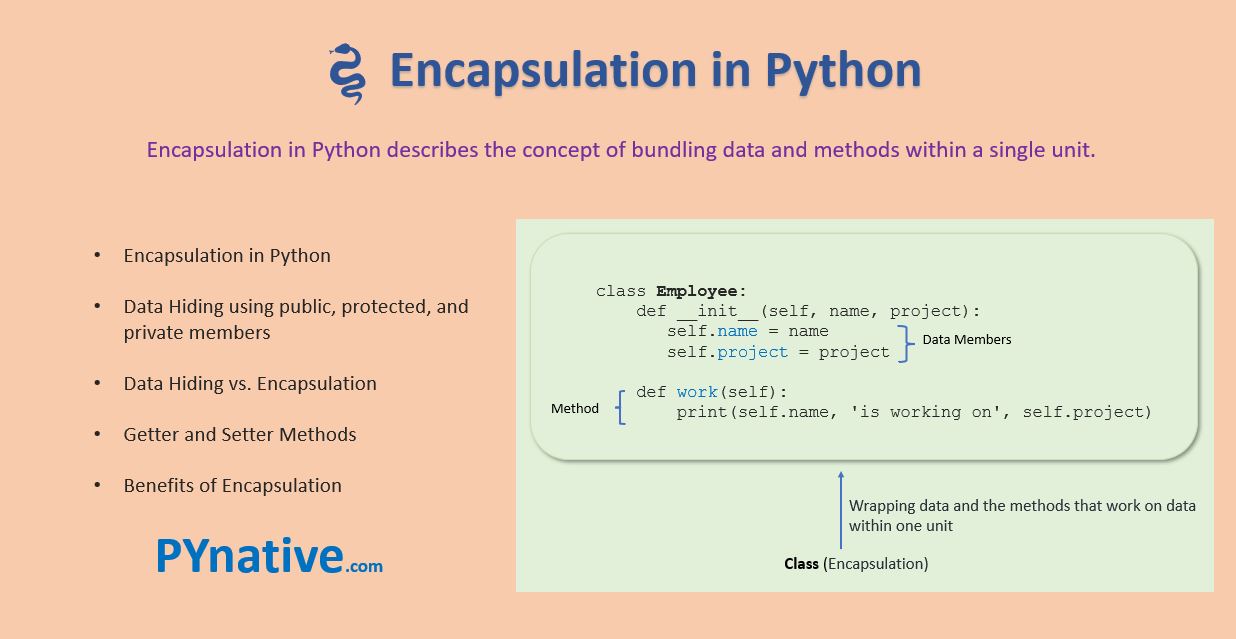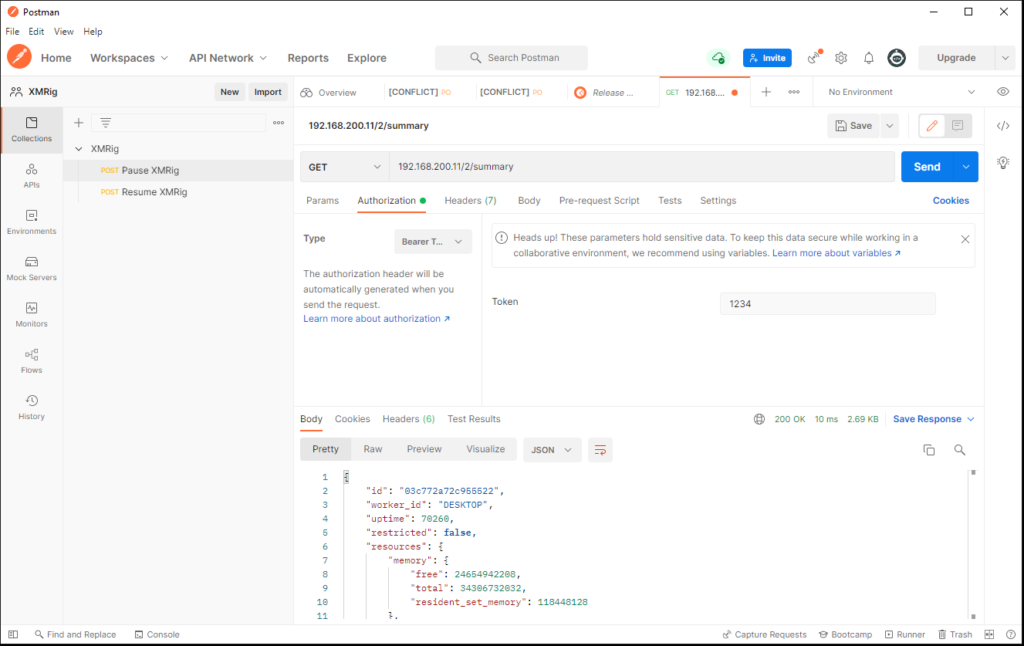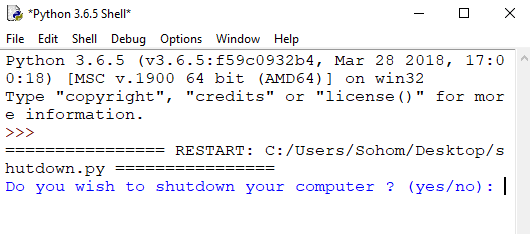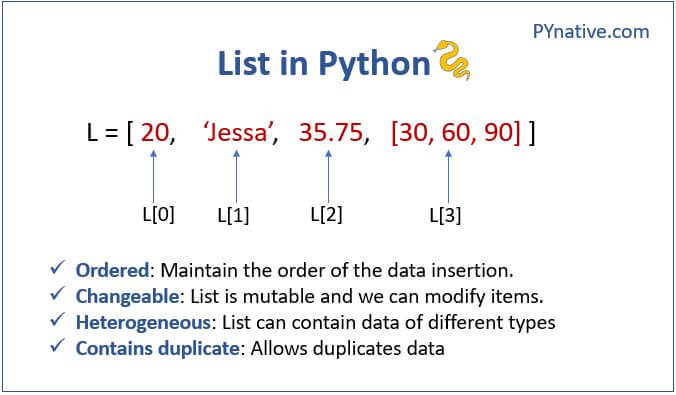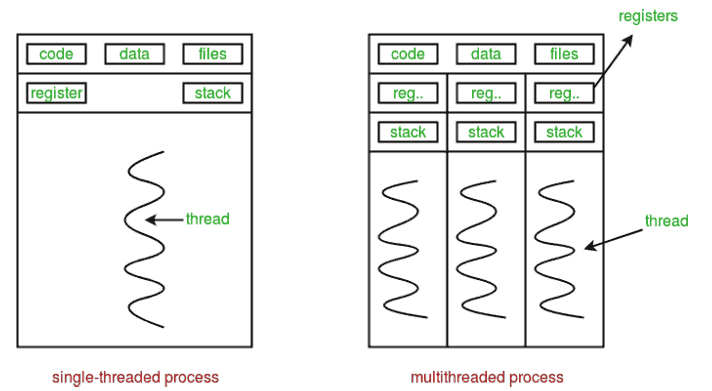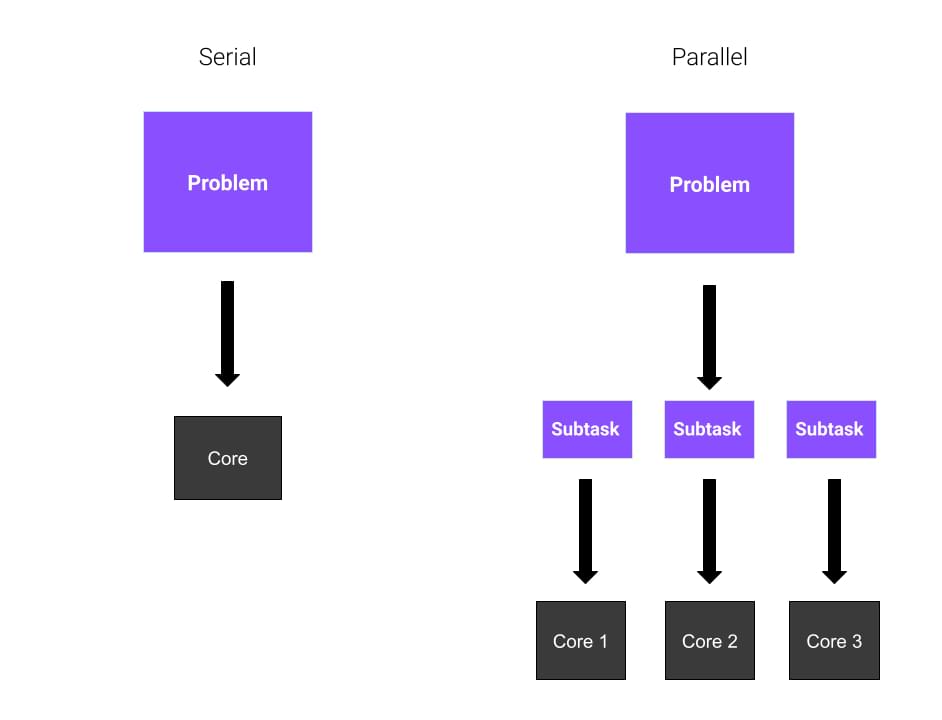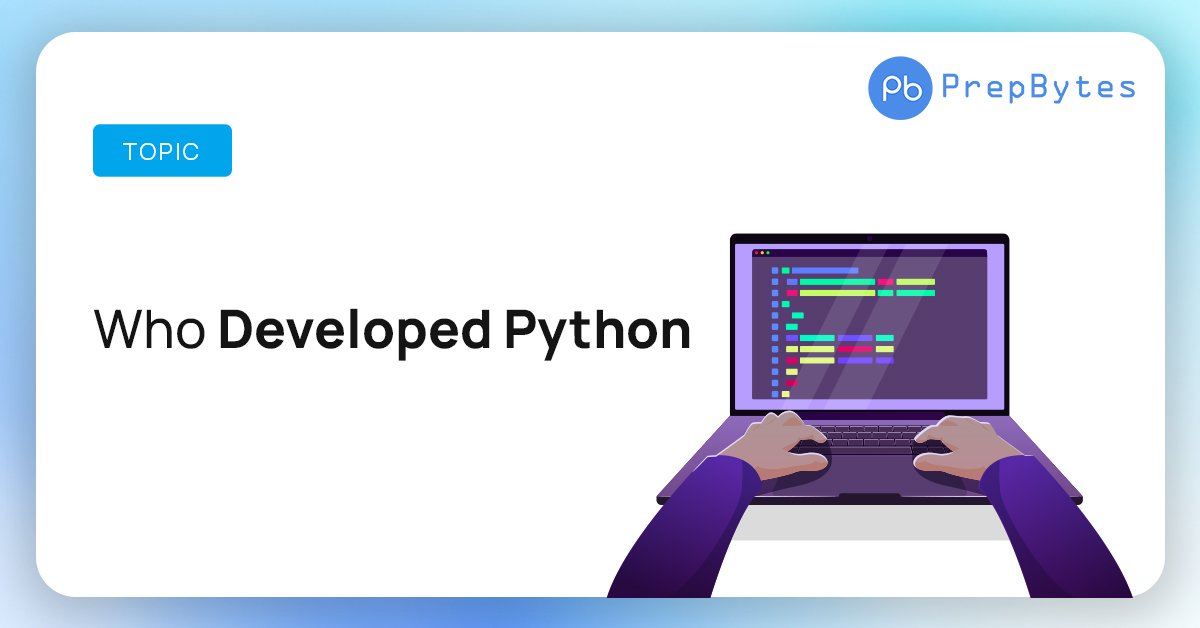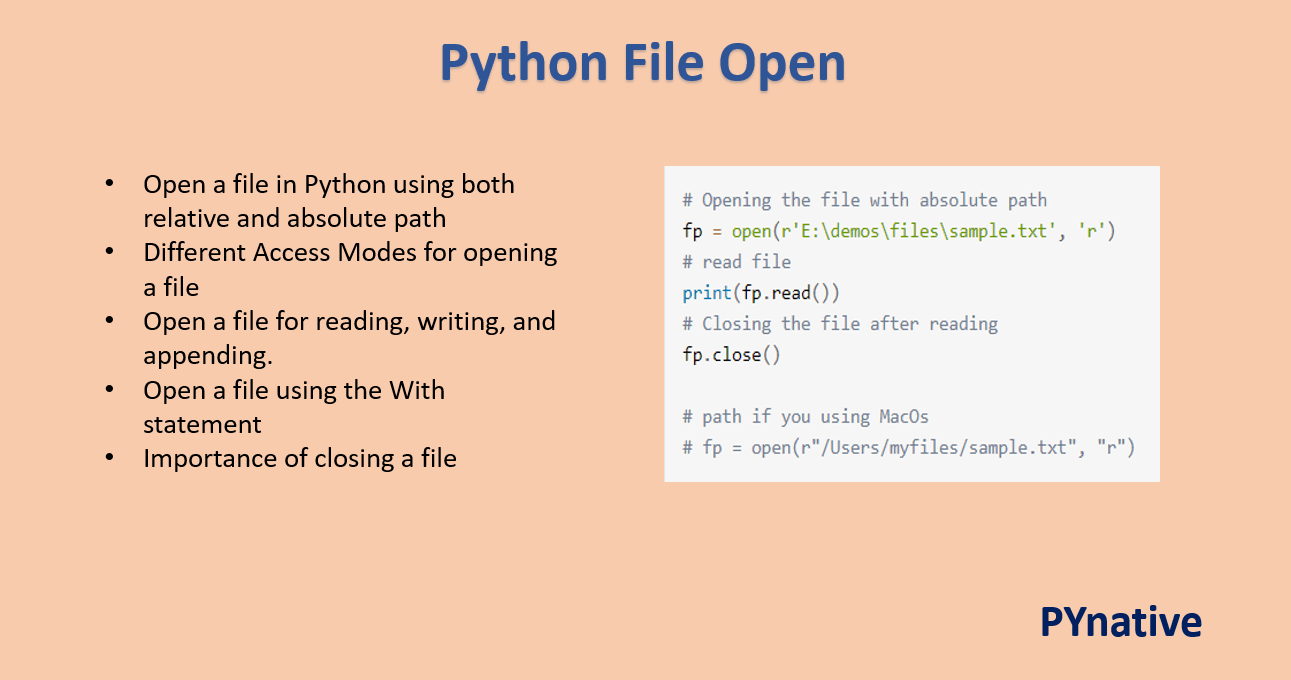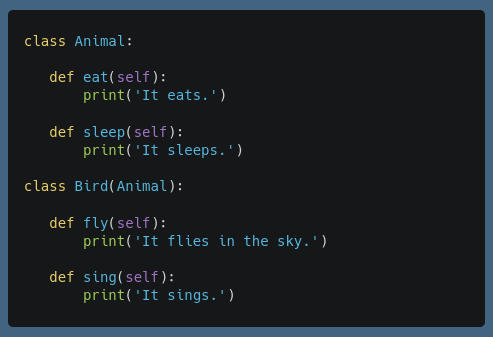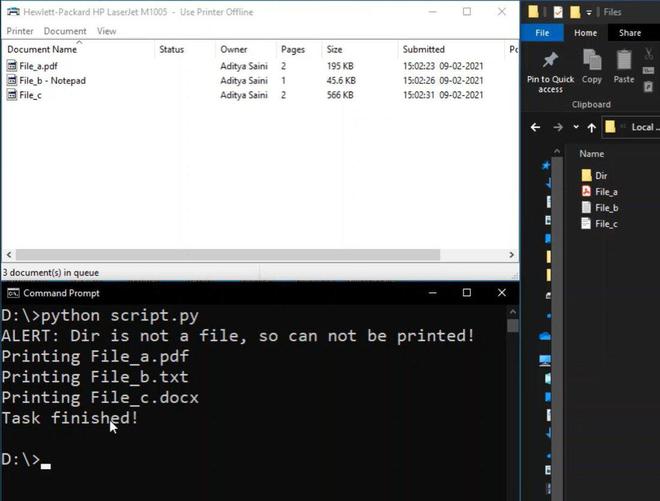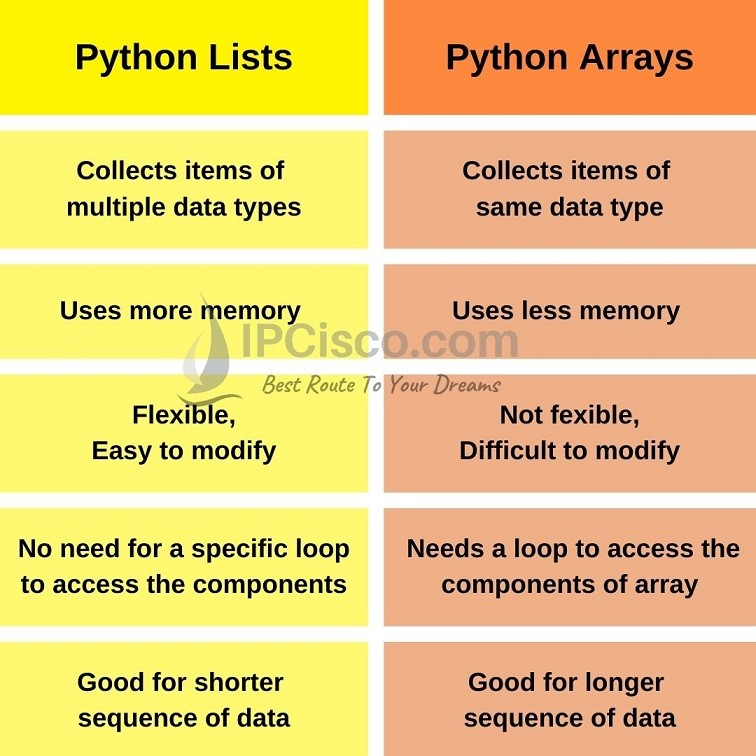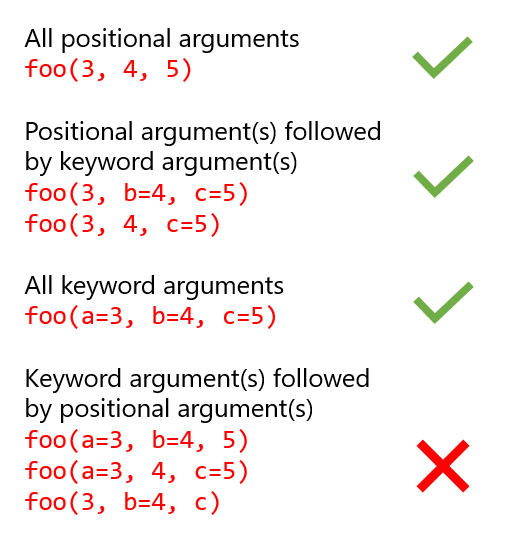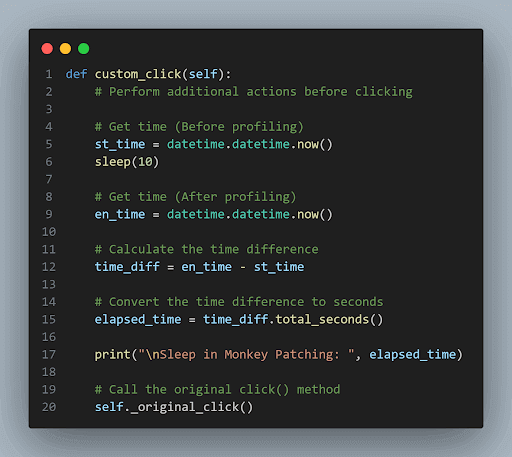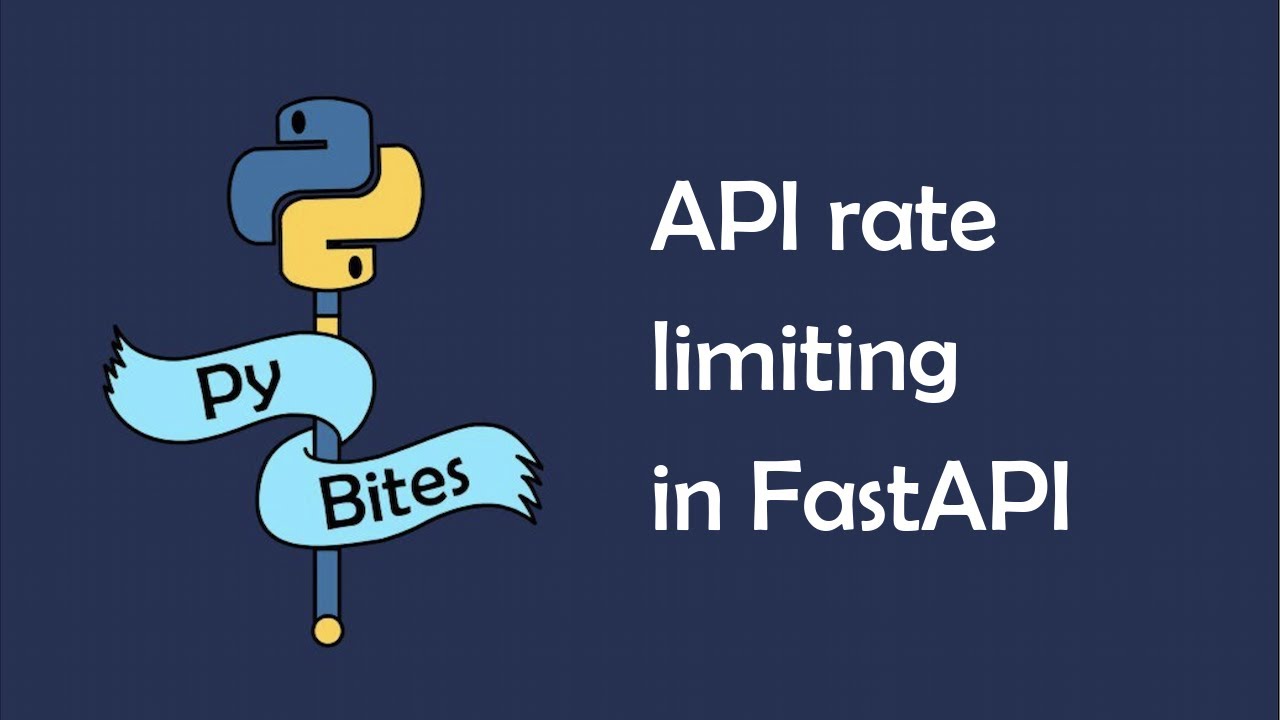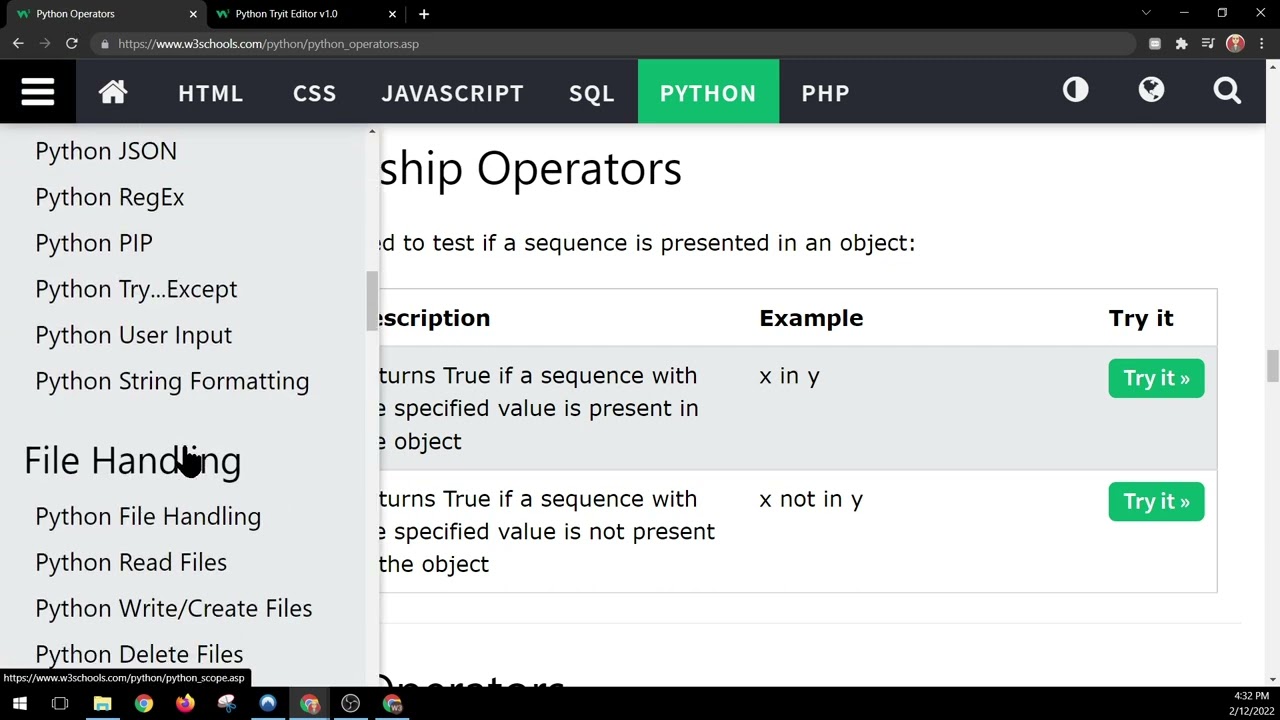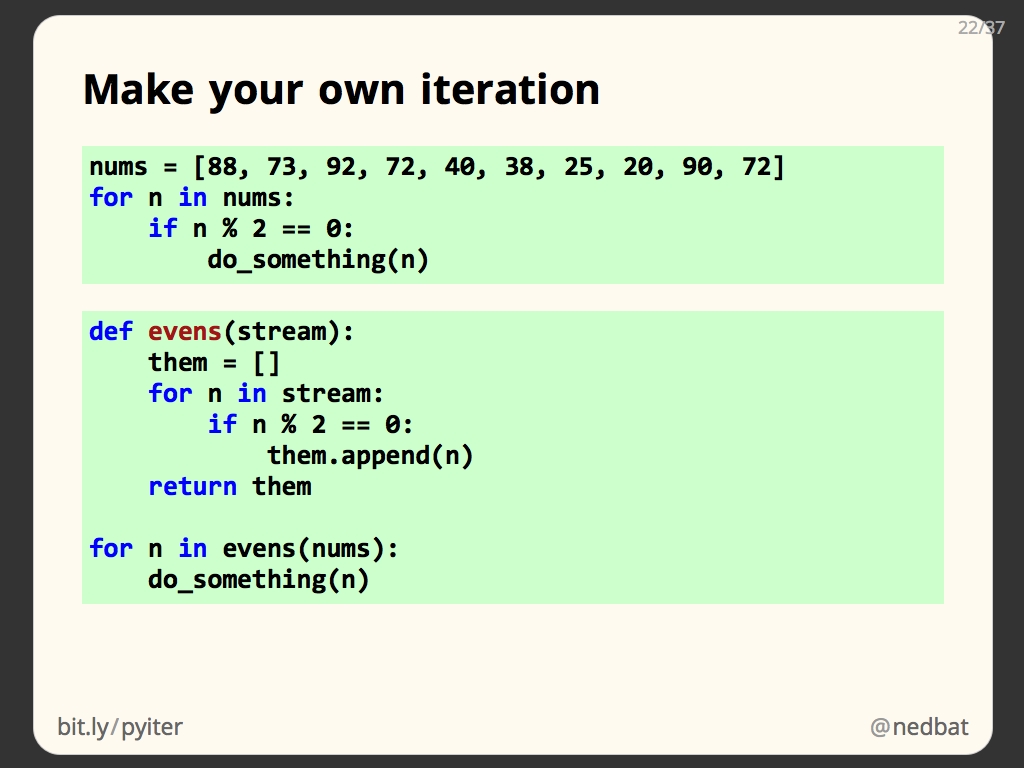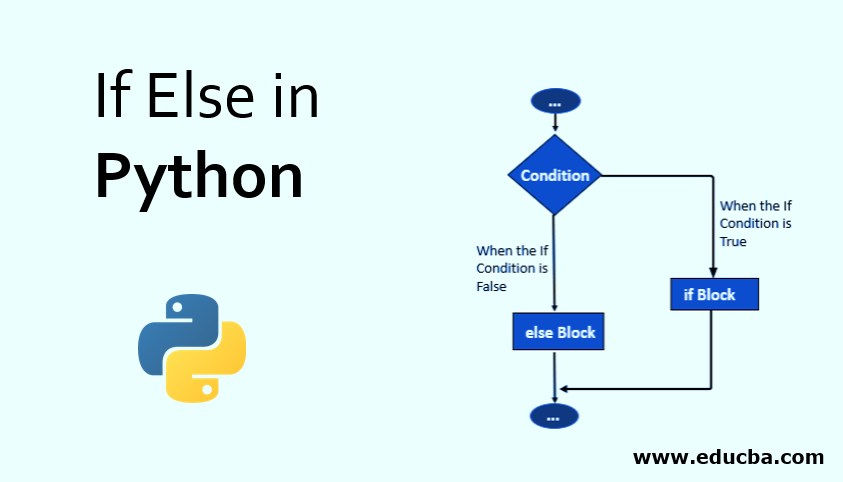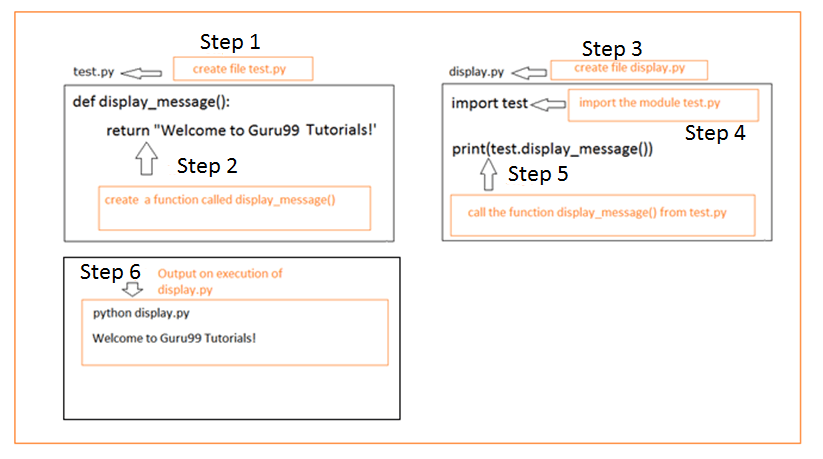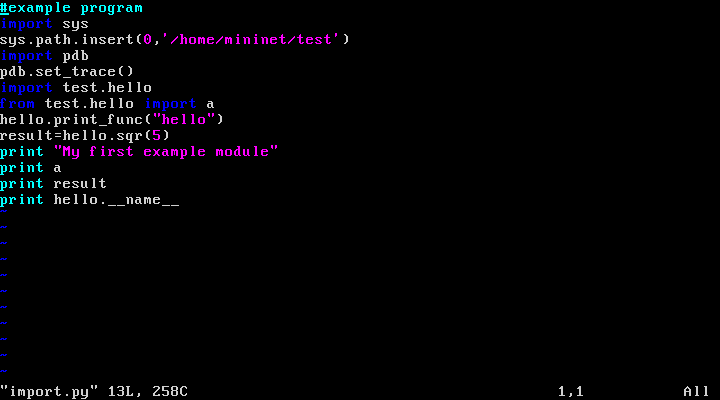What are the python data structures with examples
What are the python data structures with examples
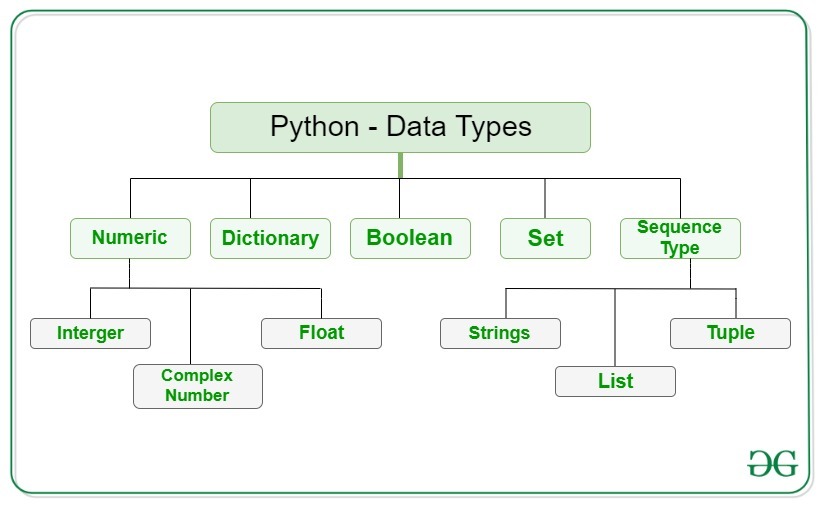
I'd be happy to explain Python's built-in data structures and provide some examples for you.
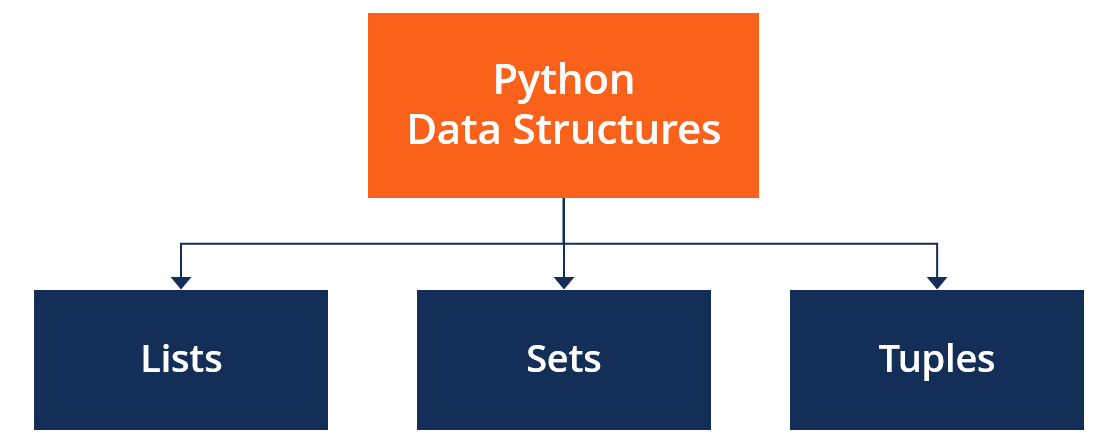
1. Lists (or Arrays)

Python's lists are a fundamental data structure that can hold any type of object, including strings, integers, floats, other lists, dictionaries, etc. You can create a list using square brackets [] and separating the elements with commas.
Example: fruits = ['apple', 'banana', 'cherry']
You can also use the list() function to convert another data structure into a list.
Example: numbers = list(range(1, 11))
2. Tuples
Tuples are similar to lists but they are immutable (cannot be changed after creation). You can create a tuple using parentheses ( ) and separating the elements with commas.
Example: colors = ('red', 'green', 'blue')
3. Dictionaries (or Hash Maps)
Python's dictionaries are an unordered collection of key-value pairs. You can create a dictionary using curly braces { } and separating the key-value pairs with commas.
Example: `person = {'name': 'John', 'age': 30}``
You can also use the dict() function to convert another data structure into a dictionary.
Example: grades = dict([('math', 90), ('science', 85)])
4. Sets
Python's sets are an unordered collection of unique elements (no duplicates). You can create a set using curly braces { } and separating the elements with commas.
Example: colors = {'red', 'green', 'blue'}
You can also use the set() function to convert another data structure into a set.
Example: numbers = set(range(1, 11))
5. Strings
Python's strings are sequences of characters. You can create a string using single quotes ' or double quotes ", and you can manipulate them using various methods like indexing, slicing, and concatenation.
Example: name = 'John'
You can also use the str() function to convert another data structure into a string.
Example: age = str(30)
6. Bytearrays
Bytearrays are sequences of bytes (8-bit integers). You can create a bytearray using the bytearray() function, or by converting a string into a bytearray using the encode() method.
Example: ba = bytearray(b'hello')
7. Frozensets
Frozensets are sets that cannot be changed after creation (like tuples). You can create a frozenset using curly braces { } and separating the elements with commas.
Example: colors = frozenset({'red', 'green', 'blue'})
These data structures provide a solid foundation for working with structured data in Python. By mastering these concepts, you'll be well-equipped to tackle a wide range of programming tasks!
Types of data structures in Python
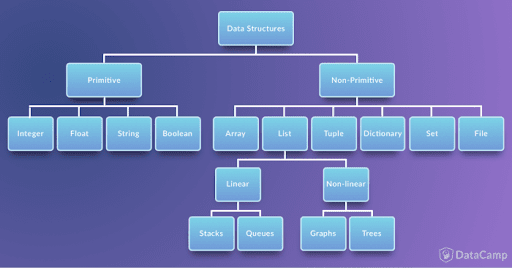
I'm happy to help! Here's a detailed explanation of the types of data structures available in Python:
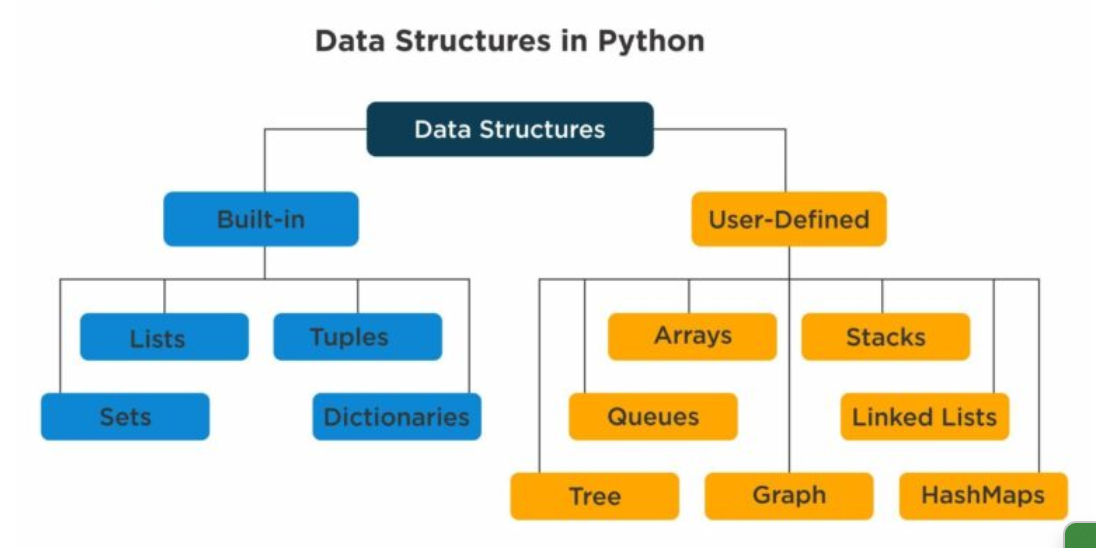
1. Lists: A list is a collection of items that can be of any data type, including strings, integers, floats, and other lists. Lists are defined by enclosing their elements in square brackets []. For example: [1, 2, 3, 4, 5] represents a list of integers from 1 to 5.
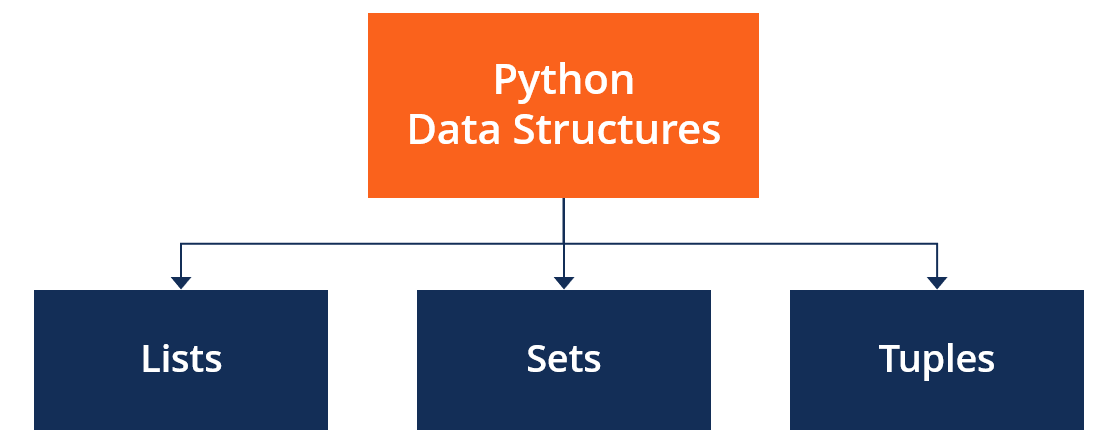
2. Tuples: A tuple is similar to a list but it's immutable, meaning you can't change its contents after it's created. Tuples are defined by enclosing their elements in parentheses () or square brackets []. For example: (1, 2, 3, 4, 5) represents a tuple of integers from 1 to 5.
3. Dictionaries: A dictionary is an unordered collection of key-value pairs where keys can be strings, integers, floats, etc., and values can be any data type. Dictionaries are defined by enclosing their key-value pairs in curly braces {}. For example: {"name": "John", "age": 30, "city": "New York"} represents a dictionary containing information about John.
4. Sets: A set is an unordered collection of unique items, which means no duplicates are allowed. Sets can contain any type of object, including strings, integers, floats, and other sets. Sets are defined by enclosing their elements in curly braces {} or parentheses (). For example: {1, 2, 3, 4, 5} represents a set of unique integers from 1 to 5.
5. Arrays: Python doesn't have built-in support for arrays like some other languages do. However, you can use the NumPy library to create and manipulate arrays.
6. Queues: A queue is a First-In-First-Out (FIFO) data structure that allows you to add or remove elements from both ends. You can implement queues using lists or collections.deque.
7. Stacks: A stack is a Last-In-First-Out (LIFO) data structure that allows you to add or remove elements only from the top. You can implement stacks using lists.
8. Linked Lists: A linked list is a sequence of nodes, where each node contains a value and a reference to the next node in the list. This type of data structure is useful when you need to dynamically add or remove nodes. You can implement linked lists using classes and instances.
9. Trees: A tree is a hierarchical data structure consisting of nodes with parent-child relationships. This type of data structure is useful for organizing and querying complex data. Python's built-in dict class can be used to represent a tree, and you can also use libraries like treelib.
10. Graphs: A graph is an non-linear data structure that represents nodes connected by edges. This type of data structure is useful for representing relationships between entities. Python's built-in dict class can be used to represent a graph, and you can also use libraries like networkx.
In summary, Python has several built-in data structures such as lists, tuples, dictionaries, sets, and arrays, which are useful for organizing and manipulating data in various applications. Additionally, there are libraries available that provide support for more complex data structures like linked lists, trees, and graphs.

